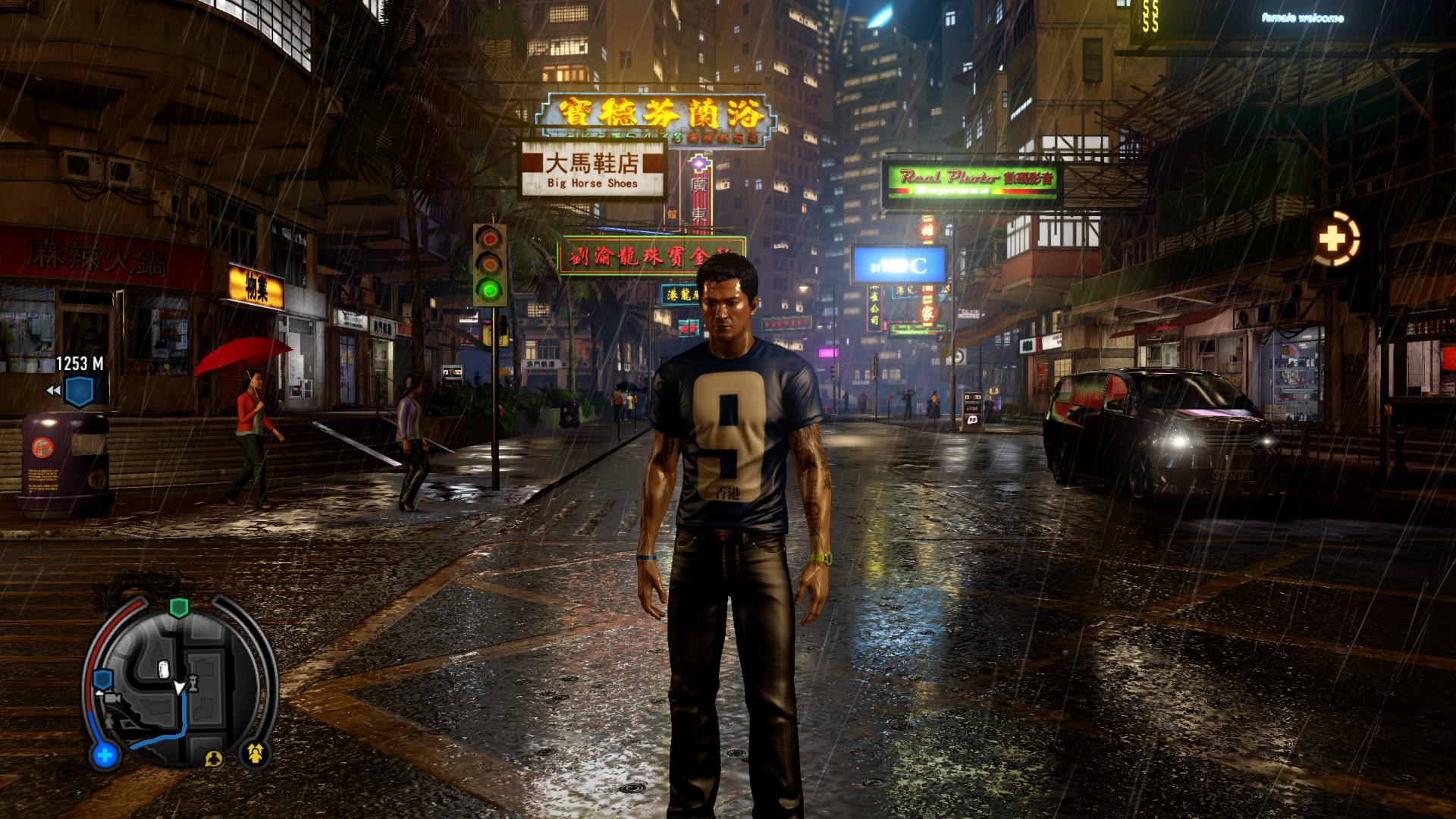The Weekend Hangover: Sleeping Dogs
/The Weekend Hangover is Too Much Gaming's Monday rumination of the games or game we played over the weekend. Sometimes there is alcohol involved in the hangover we’re nursing, but most other times there’s just too much gaming.
It’s no secret among my friends that I consider Sleeping Dogs to be one of the finest iterations of the open world formula. Although Grand Theft Auto is considered the standard bearer for city as sandbox gameplay, and games like Shenmue and Yakuza pioneered a fixation with mundane details, Sleeping Dogs is the one that pushes the envelope stylistically.
Its principal shortcoming is that it lacks the polish and refinement of its more long-lived contemporaries, but that’s to be expected from the first and what ended up being the only installment of a potential franchise. Canadian studio United Front Games incarnated one of the most visually interesting playgrounds in their virtual recreation of Hong Kong. A week long research trip to the city yielded over 25,000 reference photographs that enabled to replicate its unique vibe.
And if you’ve ever been to Hong Kong then you’ll know that few cities are quite like it. It’s one of the most densely populated metropolises on this planet, one where Chinese store signs contrast against British street signs. The bustling Temple Street Night Markets, the floating boardwalk village that is Aberdeen Harbor and the nightclub district of Soho are all rendered to ensure that virtual Hong Kong is never mistaken for Los Santos, Steelport or Empire Bay.
The game was janky looking in some spots when I first played it on the Xbox 360 in 2012. But the remastered ‘Definitive Edition’ of the game from 2014 added all sorts of graphical bells and whistles that have ensured it looks great even today, especially at night when neon begins to dominate the city and in the rain which creates gorgeous water reflections. Look for a clear view at dusk somewhere on the side of the highway and you can watch the oceans turn red.
It’s little touches like these that make Sleeping Dogs special and United Front adds a little something extra everywhere else. The game’s melee combat make use of counters not unlike those of the Arkham games, and the foot chases are a bit Tomb Raider. But Sleeping Dogs isn’t content to let conventions lie: Wei can grab enemies and drag them towards fuse boxes, car doors and dumpsters to perform brutal environmental finishers. While on the road he can perform an astonishing action hijack that lets him leap onto the hood of other cars.
The game’s story is pretty novel, even if it’s a straight lift of The Departed or the Hong Kong film that inspired it, Infernal Affairs. As Wei Shen, players juggle a double life as an undercover cop playing at triad foot soldier, whose loyalties are constantly questioned. Unfortunately, Sleeping Dogs does little to explore this tension mechanically. There is no struggle to maintain your cover, no systems in place to deal with suspicion and mistrust.
Still, Sleeping Dogs remains special due to its repudiation of misanthropy and parody. While GTA often punches down in the name of ‘satire’ and Saints Row’s violence tends toward cartoonish and juvenile, Sleeping Dogs humanizes its characters. Sure, no one’s going to mistake the pork bun vendor as anything but a punch line, but even the meatheaded Winston and seemingly adversarial handler Raymond Mak reveal layers of vulnerability and empathy that can surprise the most jaded gamer.
As a whole, Sleeping Dogs isn’t the best open world game of its kind, but it demonstrates the myriad ways a game can be special short of rewriting the playbook.




